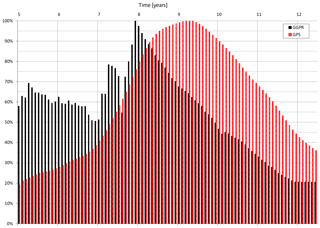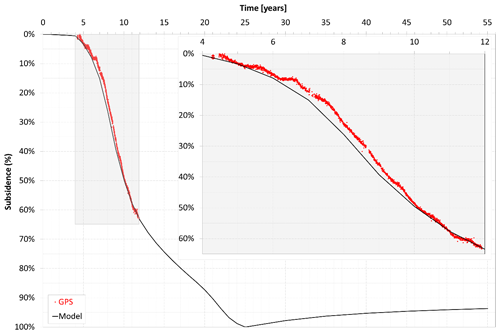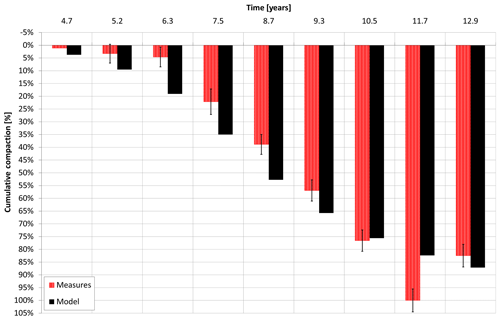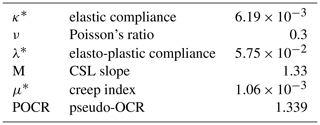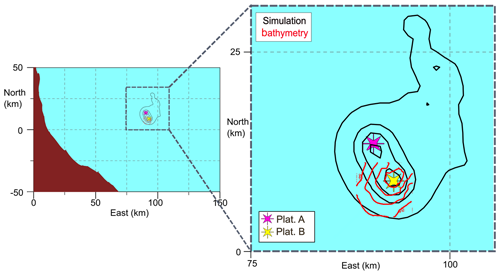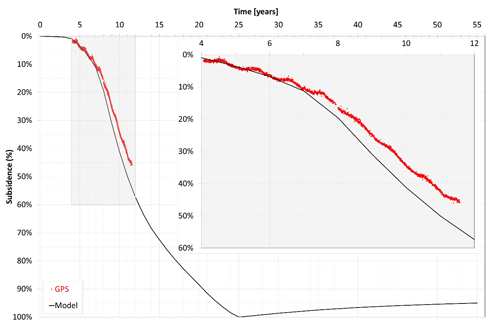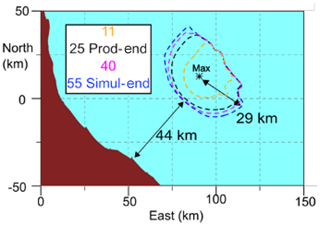Elasto-viscoplastic modeling of subsidence above gas fields in the Adriatic Sea
From the analysis of GPS monitoring data collected above gas fields in the Adriatic Sea, in a few cases subsidence responses have been observed not to directly correlate with the production trend. Such behavior, already described in the literature, may be due to several physical phenomena, ranging from simple delayed aquifer depletion to a much more complex time-dependent mechanical response of subsurface geomaterials to fluid withdrawal. In order to accurately reproduce it and therefore to be able to provide reliable forecasts, in the last years Eni has enriched its 3D finite element geomechanical modeling workflow by adopting an advanced constitutive model (Vermeer and Neher, 1999), which also considers the viscous component of the deformation. While the numerical implementation of such methodology has already been validated at laboratory scale and tested on synthetic hydrocarbon fields, the work herein presents its first application to a real gas field in the Adriatic Sea where the phenomenon has been observed. The results show that the model is capable to reproduce very accurately both GPS data and other available measurements. It is worth remarking that initial runs, characterized by the use of model parameter values directly obtained from the interpretation of mechanical laboratory tests, already provided very good results and only minor tuning operations have been required to perfect the model outcomes. Ongoing R&D projects are focused on a regional scale characterization of the Adriatic Sea basin in the framework of the Vermeer and Neher model approach.






